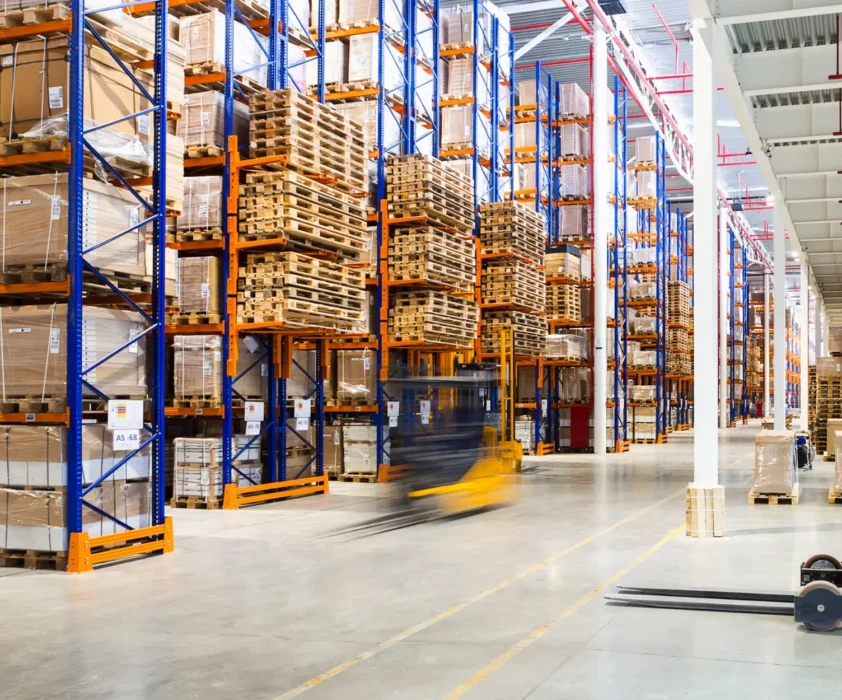
This article first appeared in the Colorado Real Estate Journal’s Office & Industrial Quarterly, September issue.
Negative headlines have dominated newsfeeds, with stories spanning a potential recession, inflation, pending loan maturations, bank failures, and shifting consumer behaviors, doing little to ease growing concerns about the U.S. economy. The commercial real estate (CRE) industry has certainly had its fair share of coverage concerning each of these topics, with many wondering what the future of office and industrial sectors will be given the vast challenges ahead.
While the difficulties afoot are bound to create hesitancies concerning the CRE industry and the economy at large, the boots-on-the-ground experience here within Denver’s CRE market hasn’t been the “doom and gloom” scenario often cited as the predominant news story, particularly as it relates to the industrial sector. In fact, what we’re seeing with industrial product in Denver has been quite the opposite–a market that is experiencing positive growth, and as we all know, positive stories aren’t often what serves as the best clickbait.
Like many other markets across the country, Denver is seeing healthy absorption and steady demand. A typical year for Denver’s industrial market consists of an absorption rate of four million to six million square feet, with the exception of 2021 when Denver experienced record-breaking absorption at 10 million square feet. With such “negativity” being reported as it relates to all CRE product types, many would expect absorption within Denver to have dropped well below its baseline of four million square feet—but it hasn’t.
Currently, absorption in Denver is nearly 3.5 million square feet YTD through Q2, on pace to remain within historical averages. Most of the activity has been occurring in spaces less than 150,000 square feet. Many of these spaces are within front park, rear-load, and mini-cross dock buildings, which remain popular with companies that are both established and seeking to expand within Denver, as well as those that are entirely new to the Denver area.
While the second quarter of 2023 finished with 2,314,184 square feet of positive absorption, versus 2,753,727 square feet during the second quarter of 2022 (a 16% decline), the second quarter of 2023 increased 108%, when compared to absorption in Q1. This is especially true within the I-76 corridor, with Victrola signing for 103,031 square feet, Western Windows for 33,599 square feet, and Boise Cascades for 126,280 square feet.
Additional deals that have signed under 150,000 square feet across Denver’s North, Northwest, East, Central, and Southeast submarkets include Ferguson, Amann, Eaton, Umoja, Honeywell, Cerapedics, Office Elements, Living Spaces, Lanter, Trautman and Shreve, Xpress, Laird Plastics, RMFX/Houger Express, LLC, Kiss Nutraceuticals, Sunrun, Frito Lay, Simpson Strong Tie, Charter, and Boom.
One deal of note was signed for 330,536 square feet for Symbia at 17190 E 85th Ave Nexus at DIA.
Though there’s no question that activity has remained strong, there are some changes within the CRE marketplace, all of which aren’t that unique to Denver.
For example, just two years ago, Denver’s industrial market was driven mainly by larger deals, with significant build-to-suit industrial assets in greenfield locations experiencing the most activity. While these deals certainly continue to transact throughout the Denver region (and across markets throughout the country), many occupiers are now searching for a location (whether within a new construction or infill building) that has the lights on, so to speak, with speculative office suites, certificates of occupancy, and all the elements needed for rapid occupancy entirely in place.
This flight towards a “ready-to-go” product isn’t all that surprising.
With the cost of capital high and interest rates expected to continue to rise through the end of 2023, companies are looking for any and every way to reduce their overhead costs and remain efficient. The opportunity to surpass the build-out and permitting process provides businesses with the chance to save a substantial amount of time and money, serving as a draw in today’s economy. Additionally, these buildings enable occupiers to be fully operational almost immediately after signing their lease, ensuring that there is only a minimal delay in their overall production.
There’s no doubt that there are still more questions than answers when it comes to the CRE industry and the U.S. economy at large; however, the negative headlines, though the most intriguing, aren’t always conveying the most accurate information. Perhaps Denver, being the Mile-High City, can serve as a beacon to showcase that things within CRE aren’t necessarily as bad as the negative headlines make them seem.
